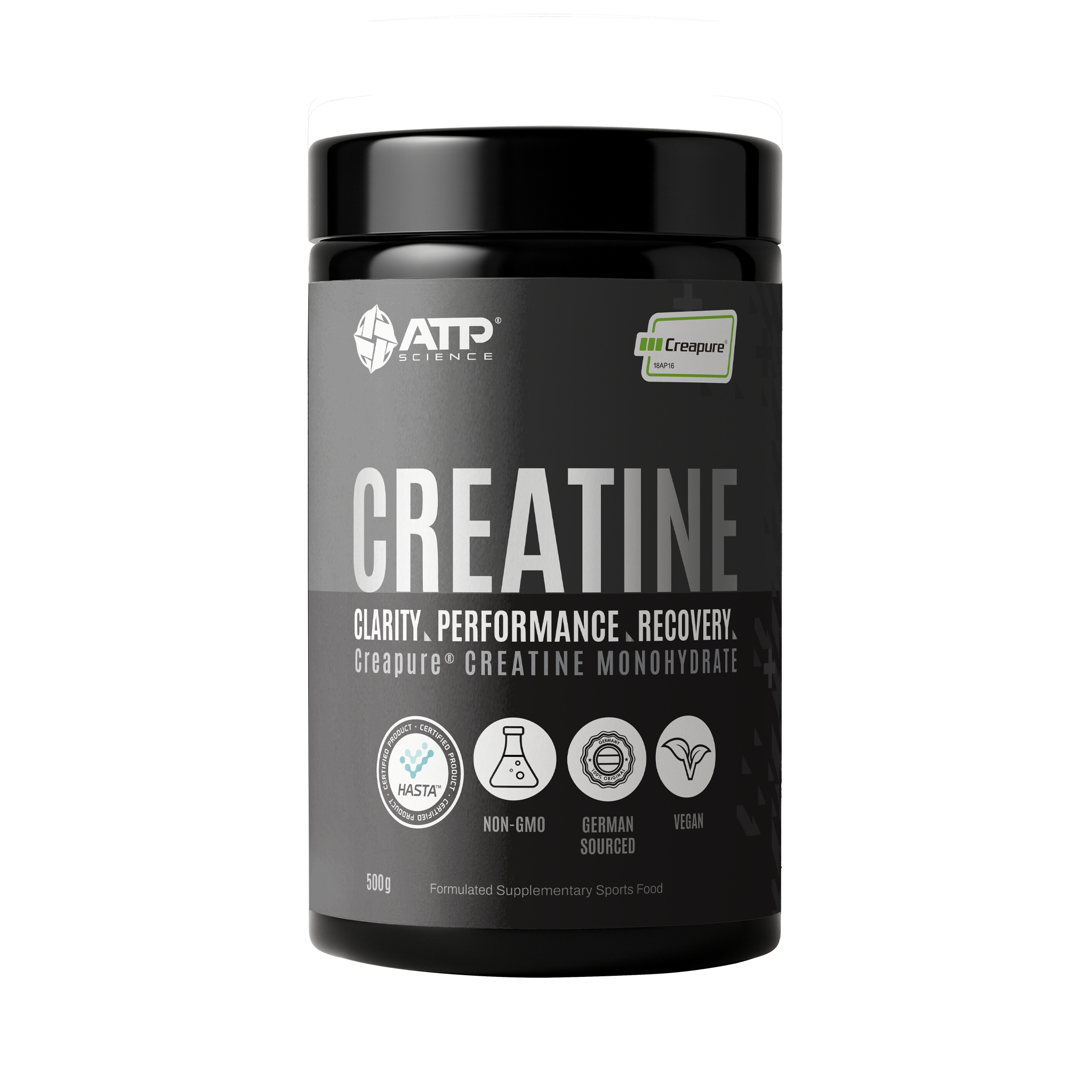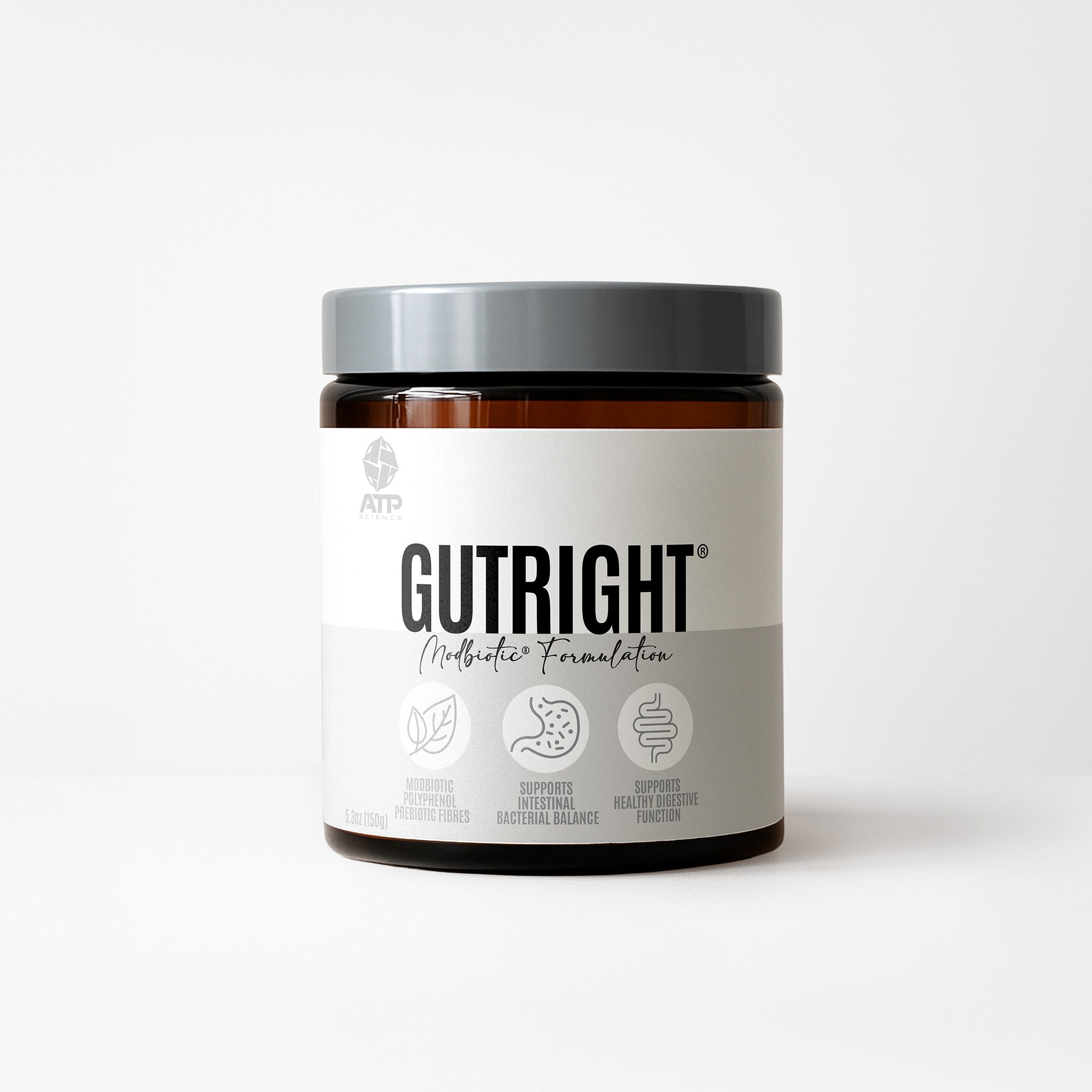What is collagen?
Collagen in women, men and nearly all animals is a fibrous/fibrillar protein that constitutes the connecting tissues of the human body. What do we mean by this? This includes our:- Bones.
- Ligaments.
- Joints.
- Tendons.
- Fascia.
- Hair.
- Skin.
- Nails.
Connecting all structures in the body, collagen is essentially the interconnecting spiderweb holding us together. Thus, it is also directionally proportional to aging and disease states that correlate with its degradation. The cosmetic industry is aware of the consumer demand to retain our spongy youthful states and as such the collagen industry is projected to valued at over 6.63 Billion US dollars by 2025! Through the use of marine, bovine, porcine and plant-based collagen sources being placed into supplementation and cosmetics for the touted benefits of anti-aging. But there is more than meets the eye with just ‘collagen’ being about our exterior youth. Plus, collagen particle size is far too large to be absorbed through the skin... don't fall for topical collagen methods, it must be built from the inside out. Check out the '500 Dalton' Rule for absorption when it comes to collagen.
The Type of collagen counts!
Being that collagen is the most abundant collagen in mammals there is likely to be more than just one type of collagen. There are in fact 28 types of collagen that contain its unique triple helix formation.They can then be subcategorised into the following grouping types:
- Fibrils.
- Beaded.
- Filaments.
- Anchoring Fibrils.
- Networks.
What the heck does this all mean? Well, predominantly what we get from our diet are Type I, Type II and Type III collagen forms. When we look at something like the collagen peptide, we are looking at a specific collagen peptide. Peptide simply provides a more specific and direct function. This means that the amino acid chains that make up the protein we know as collagen are cleaved at certain points to provide the specific function as a key in the lock when it comes to stimulating collagen specific effects in the body. The BODYBALANCE ™ collagen we use in the Noway protein is a combination of Type 1 and Type 3 used to stimulate type 2. Contributing to: Skin, Tendon, vasculature organs, Bone, Cartilage, fascia, Muscle, nails, and hair. (1)
Collagen in women - Specific roles unique in nature
Both men and women use and need collagen, protein in the body is being broken down and built constantly and often quicker than what we can get into our bodies through diet. However, there are specific uses for collagen in women that differ to men….Menstruation cycle - collagen’s role!
What is the process of menstruation? Menstruation is the cyclic, orderly shedding of the uterine lining, in response to the directions from hormones produced by the hypothalamus, pituitary, and ovaries. The cycle is broken up into two specific phases with a short term transition between the two:Phase 1 – The Follicular Phase
The follicular phase starts on the first day of menstruation and ends with ovulation around mid-cycle. Instructed by the hypothalamus, the pituitary gland then instigates the release of follicle stimulating hormone (FSH). The Role of FSH is to stimulate the ovary to produce anywhere between 5-20 follicles.Each follicle contains an ‘immature’ egg. In the usual case, only one follicle will mature, while the others die off and are then reabsorbed by the body. This often occurs around day 10 of a standard 28-day cycle. While this growth of follicles is occurring it also stimulates the lining of the uterus to plump and thicken in preparation for possible implantation (pregnancy)
Mid Phase – Ovulation
During the follicular phase – Estrogen is building from the follicle, creating a feedback loop to the Hypothalamus to also release a chemical called “gonadotrophin-releasing hormone (GnRH)”. From here the pituitary gland stimulates an increase in luteinizing hormone and FSH. Usually two days after the fact, ovulation is triggered by the increase of leutenising hormone (LH). During this process, the egg is pushed through the fallopian tube by these tiny hair-like fibers guiding it to the uterus, from there the lifespan of the matured egg is around 24 hours.Luteal Phase –
During this stage the Corpus Luteum is formed, this occurs for around 2 weeks after ovulation. The follicle will transform into this structure while it resides on the surface of the ovary and stimulates the communication for the rise in Progesterone and small increments of estrogen. This is essentially a pause mode for the cycle essentially. It holds the lining health in place waiting for a possible fertilized egg to implant itself. If a fertilized egg is successful the body will maintain the lining. If not, the body will shed the lining and begin the process again. During this shedding phase of the lining is when women experience their period.What does this have to do with collagen?
Structural Changes and the remodeling of the tissue changes throughout a woman’s cycle is a function controlled and designed by that of predominantly type 1 and type 3 collagen. Collagen IV is also present within the theca Cells which are a group of endocrine signalling cells made up of connecting collagen dominant tissue surrounding the follicle and providing granulosa cells with androstenedione for the purpose of aromatase conversion to E2 (Estradiol). (2)
Higher demand for collagen requirements in women
High demand is placed on the body to provide collagen protein for the process of menstruation from start to finish. Thus, the more rapid depletion of its availability which can explain why women tend to experience:- Physical aging signs at younger ages than men.
- a higher likelihood to develop cellulite.
- Longer healing times.
- Higher rates of early arthritis.
- Tendon and ligament injuries from training. (3)
Take home message:
There are a few ways that you can look after the collagen you currently have – this includes avoiding excessive exposure to ultraviolet rays, excessive sugar intake, smoking, drinking etc.
Increase dietary sources that are rich in the amino acids that make up the triple helix structure of collagen as a protein matrix, these include Proline, Hydroxyproline, and Glycine.
References
- https://www.gelita.com/en/products/collagen-peptides/bodybalance
- Role of granulosa and theca cell interactions in ovarian follicular maturation. Tajima K1, Orisaka M, Yata H, Goto K, Hosokawa K, Kotsuji F. Author information 1 Department of Obstetrics and Gynecology, Fukui Medical University, Yoshida-gun, Fukui 910-1193, Japan. DOI: 10.1002/jemt.20304 2006.
- The adaptability of tendon to loading differs in men and women S Peter Magnusson,*Mette Hansen,*Henning Langberg,* Ben Miller,* Bjarki Haraldsson,* Eva Kjoeller Westh,*Satu Koskinen,* Per Aagaard,† and Michael Kjær*† Int J Exp Pathol. 2007 Aug; 88(4): 237–240. doi: 10.1111/j.1365-2613.2007.00551.x
- Specific Collagen Peptides in Combination with Resistance Training Improve Body Composition and Regional Muscle Strength in Premenopausal Women: A Randomized Controlled Trial Patrick Jendricke,*Christoph Centner, Denise Zdzieblik, Albert Gollhofer, and Daniel König. Nutrients. 2019 Apr; 11(4): 892. Published online 2019 Apr 20. doi: 10.3390/nu11040892















